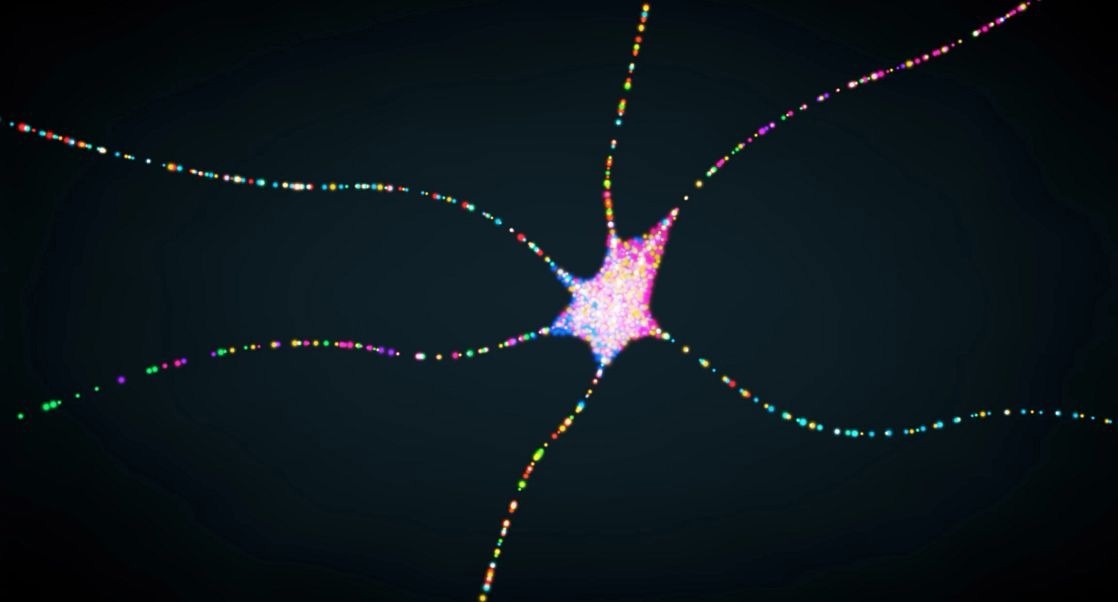In recent times, pain and its treatment have acquired a bad reputation. A major driver of this negative public perception has been the oxycontin opioid epidemic, which gained widespread notoriety thanks to the exposure of fraudulent and aggressive marketing techniques used to push the addictive drug on the oblivious population. The oxycontin campaign had the most significant impact on the most vulnerable communities, fueling a nationwide epidemic. However, opioid drugs affect the central nervous system (CNS) rather than the source of pain.

Image Credit: Getty Images
The origins of pain
After the onset of painful peripheral stimuli, nociceptive neurons are activated and instigate a cascade of neuronal firings that transmit along the axons of the primary afferent fibers toward nerve terminals in the spinal cord.
Nerve terminals produce neurotransmitters, such as substance P, glutamate, and calcitonin gene-related peptide (CGRP), which activate post-synaptic receptors, such as opioid, GABA, cannabinoid, somatostatin, and glutamate. These serve as intermediaries in painful stimulus transmission between the CNS and the peripheral nervous system (PNS).
Nociceptive neurons contain a range of ion channels and receptors distributed along fibers and the cell bodies of neurons, referred to as somas. These molecules detect harmful stimuli, converting them into electrical signals to transmit to the CNS. The major ion channel family for the detection and transmission of harmful stimuli is the transient receptor potential (TRP) family.
TRP ion channels
To better understand the transmission of temperature and pain sensations via neural circuits to the brain, Dr. David Julius at UCSF has studied a range of noxious substances generated in animals and plants, such as capsaicin (the source of the heat sensation caused by chili peppers). The work focused on identifying and understanding the molecular mechanisms central to the senses of touch and pain.
Dr. Julius had previously successfully identified the genes responsible for serotonin receptor encoding. In 1989, his group discovered temperature-sensitive ion channel receptors referred to as transient receptor potential (TRP) channels, which enable sensory nerve fibers to differentiate between hot or cold temperatures. The discovery of TRP channels has significantly impacted the direction of pain research in the decades since.
The first TRP ion channel discovered was TRPV1, activated by vanilloid compounds such as capsaicin. Further members have been discovered that share identity with TRPV1 in their sequence; however, TRPV1 remains the most characterized. In 2013, electron cryo-microscopy (CryoEM) provided detailed structural information on the protein complex of the TRPV1 ion channel. The resulting structural blueprint for understanding the unique characteristics of TRP channel function has the potential to bring about improved, less addictive therapies.
Opioids that have been marketed to treat chronic pain work by activitating opioidreceptors, which are part of the G protein-coupled receptors (GPCRs) family of proteins and are found on nerve cells. Despite being one of the most effective medications for moderate to severe pain, and as well as a treatment for chronic cancer pain, the long-term use of opioids for chronic malignant pain remains controversial.
There are a wide range of different classes and uses of opioids, and their effectiveness at treating pain due to post-surgery and acute injury is evident. However, clinical trials have not provided adequate evidence of the long-term effectiveness of opioids, and concerns related to addiction have contributed to the under-treatment for disorders considered to be appropriate for opioid therapy, such as cancer, end-of-life, and acute pain.
The future of chronic pain treatment
Chronic pain occurs when muscle nerve cell sensors (peripheral signals) malfunction or misfire, resulting in improper adaptation of the brain and spinal cord, and the amplification of a usually innocuous pain signal. As a result, even harmless stimuli may be registered as intense pain signals.
The sensation of pain is used by our body to protect us from harm. However, pathological conditions such as diabetes, viral infections, nerve damage, and inflammation produce persistent or chronic pain. Such pain serves no useful purpose and is resistant to current pharmacological treatments, including opioids.
TRP ion channels are central to the pain-signaling apparatus in our nervous system. The potential for developing a therapeutic intervention that targets the site of pain signal transduction rather than pain transmission, as with opioids, makes TRP channels an area of significant research attention for pharmaceutical companies. It is widely believed that TRP channels represent a more effective and safe route to controlling and inhibiting pain, and research into exploiting this avenue is ongoing.
About Charles River Laboratories
At Charles River, we are passionate about our role in improving the quality of people’s lives. Our mission, our excellent science and our strong sense of purpose guides us in all that we do, and we approach each day with the knowledge that our work helps to improve the health and well-being of many across the globe.
Charles River provides essential products and services to help pharmaceutical and biotechnology companies, government agencies and leading academic institutions around the globe accelerate their research and drug development efforts.
As a fully integrated partner, Charles River can support your research at any point along the drug discovery continuum.
Sponsored Content Policy: News-Medical.net publishes articles and related content that may be derived from sources where we have existing commercial relationships, provided such content adds value to the core editorial ethos of News-Medical.Net which is to educate and inform site visitors interested in medical research, science, medical devices and treatments.